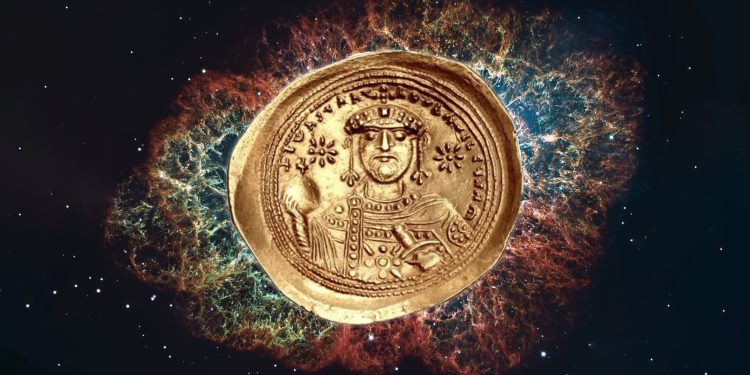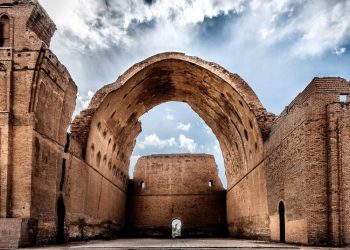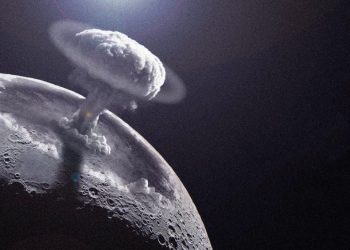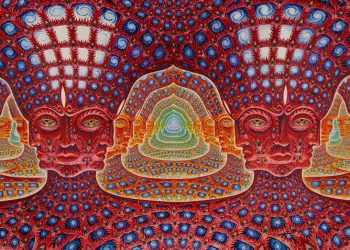There was a supernova explosion in AD 1054 when a nearby star ran out of fuel. It was visible in the skies above Earth for 23 days and several hundred nights after the blast occurred, despite the fact that it occurred 6,500 light-years away.
A bright explosion, known by modern astronomers as SN 1054, was witnessed by Chinese astronomers who referred to it as a “guest star,” while skywatchers in Japan, Iraq, and perhaps the Americas noted its sudden appearance in writing and stone. The big, bedazzling explosion visible in the sky, however, was never mentioned in Europe – which at that time was largely ruled by the Byzantine Emperor Constantine IX and the Christian church.
What are the reasons? Was this spontaneous star ignored by the church, or was some nefarious plot behind it to cover up the reality of the cosmos? New research suggests a limited-edition gold coin may contain the answer.
A team of researchers has published a study in the European Journal of Science and Theology that analyzes four Byzantine gold coins produced during Constantine IX’s reign, from AD 1042 to 1055. In contrast to the three coins that show only one star, the fourth coin – which is framed by two bright stars – may be meant as a subtle, and perhaps heretical, depiction of the supernova.
Based on the team’s interpretation, the sun may be represented by the emperor’s head, Venus might be represented by the eastern star, and SN 1054 might be represented by the western star, which was visible in the daytime sky opposite Venus for nearly a month. Additionally, the two stars may stand for the warring Eastern Orthodox and Western Catholic churches that split during the Great Schism in 1054.

According to this interpretation, SN 1054 is visible on the rare coin, which suggests that Byzantine scholars may have been forbidden to study the supernova or write about it due to religious restrictions. Essentially, the church might have had a prejudice against observing any changes to the supposedly perfect and eternal night sky, according to the researchers. In addition, church officials may have considered ignoring the supernova as prudent at the time due to the schism.
One clever scholar, however, may have managed to circumvent censorship. “Given the Church’s position on astronomy and astrology, there would be a strong incentive to refrain from reporting any event that would threaten the theological/astronomical status quo, including an obvious supernova,” according to the study’s authors. In this case, a special edition coin minted after the 1054 event might provide an effective way for an astronomer at Constantine IX’s University of Constantinople to record the event.
Researchers also examined 36 copies of the coin at various museum collections, which revealed another peculiar detail. It’s possible that SN 1054’s gradual dimming in Earth’s sky was depicted by the variation in size of the western star shown on the coins.
Despite their lack of concrete evidence, these hypotheses are reasonable, the study authors admit. The size and arrangement of stars on the coins could represent something totally different, which only happened to coincide with the appearance of the supernova. As well, none of the 36 coins examined has a definitive date, making it impossible to determine if they were made before or after the supernova.
You can still see SN 1054 today as the Crab Nebula – although you’ll need a good telescope to see it in its full beauty. Fortunately, astronomers do not have to contend with emperors to study this fascinating object today.
Join the discussion and participate in awesome giveaways in our mobile Telegram group. Join Curiosmos on Telegram Today. t.me/Curiosmos











